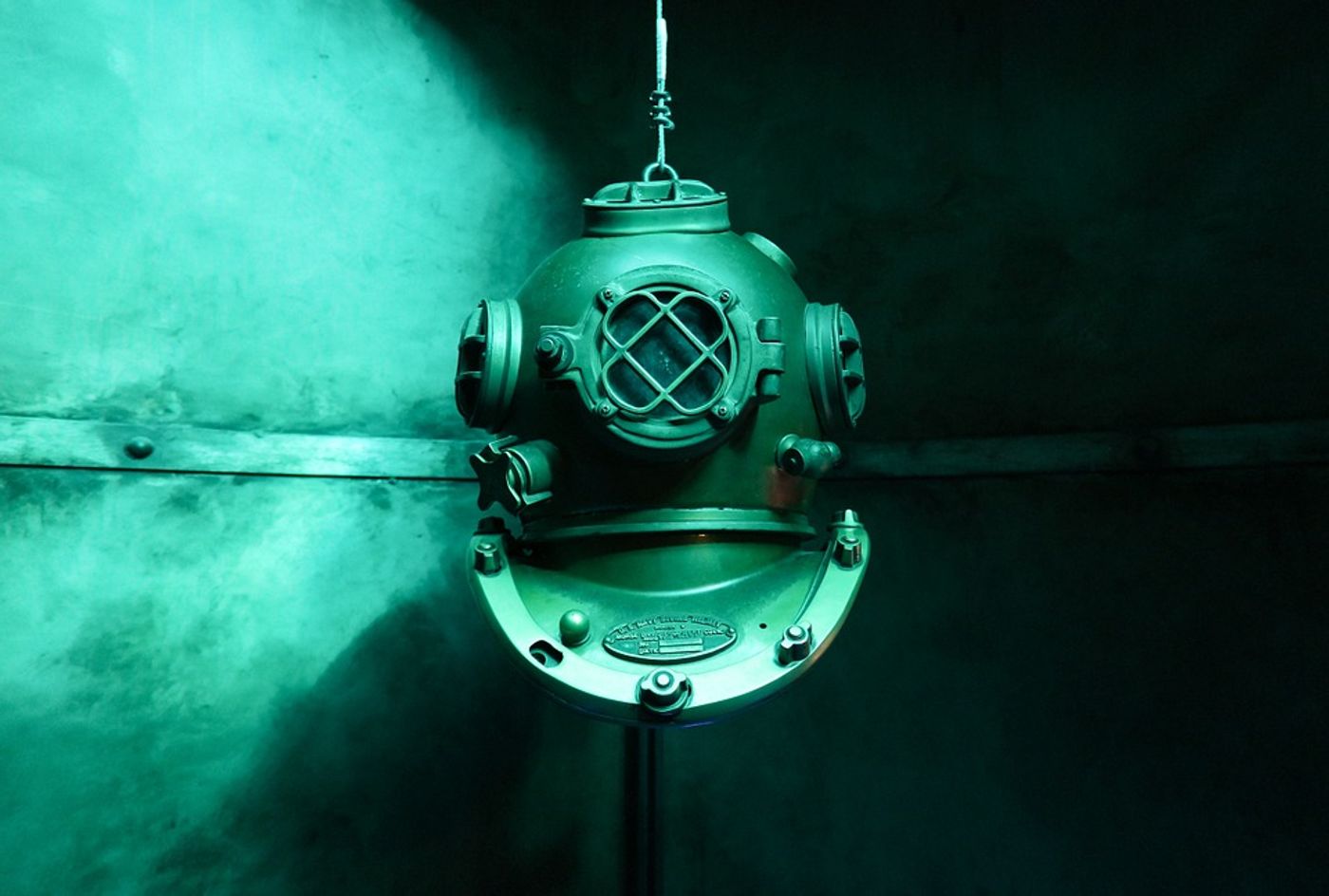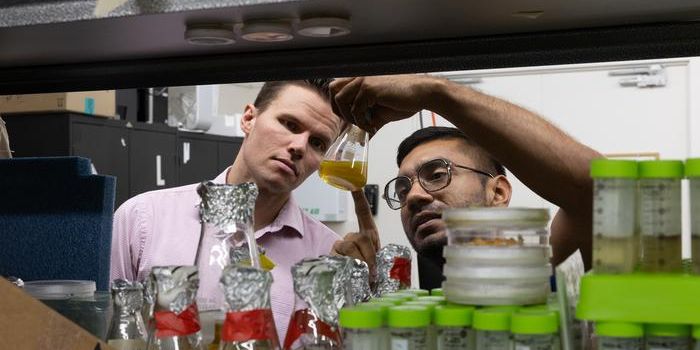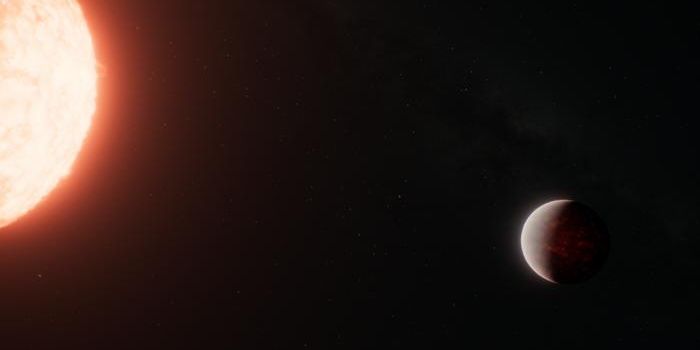Making underwater solar cells more efficient
New research published in the journal Joule suggests that wide-band gap semiconductors are more effective in underwater solar cells than traditional narrow-band semiconductors. The research from New York University proposes that wide-band semiconductors could improve the efficiency of underwater solar cells, making them capable of powering autonomous submersible vehicles.
"So far, the general trend has been to use traditional silicon cells, which we show are far from ideal once you go to a significant depth since silicon absorbs a large amount of red and infrared light, which is also absorbed by water -- especially at large depths," says author Jason A. Röhr, a postdoctoral research associate in Prof. André D. Taylor's Transformative Materials and Devices Laboratory at the Tandon School of Engineering at New York University. "With our guidelines, more optimal materials can be developed."
As of now, autonomous submersible vehicles rely on onshore power or inefficient on-board batteries, meaning that they are unequipped for extended travel. The guidelines developed by NYU researchers aims to address these limitations by considering the type of organic and inorganic materials used to produce underwater solar cells. Typical silicon cells that are used on-land are not optimal because they cannot capture sunlight effectively underwater.
"While the sun-harvesting materials would have to change, the general design would not necessarily have to change all that much," says Röhr. "Traditional silicon solar panels, like the ones you can find on your roof, are encapsulated to prohibit damage from the environment. Studies have shown that these panels can be immersed and operated in water for months without sustaining significant damage to the panels. Similar encapsulation methods could be employed for new solar panels made from optimal materials."
Based on their investigations testing solar cell efficiency in various bodies of water around the world differing in turbidity and temperature, the researchers determined that solar cell absorbers function best with an optimum band gap of about 1.8 electronvolts at a depth of two meters and about 2.4 electronvolts at a depth of 50 meters. As Science Daily reports, “These values remained consistent across all water sources studied, suggesting the solar cells could be tailored to specific operating depths rather than water locations.”
The researchers plan to use their findings to develop not only the guidelines for these underwater solar cells but the optimal materials themselves. "This is where the fun begins!" says Röhr. "We have already investigated unencapsulated organic solar cells that are highly stable in water, but we still need to show that these cells can be made more efficient than traditional cells. Given how capable our colleagues around the world are, we are sure that we will see these new and exciting solar cells on the market in the near future."
Sources: Joule, Science Daily









